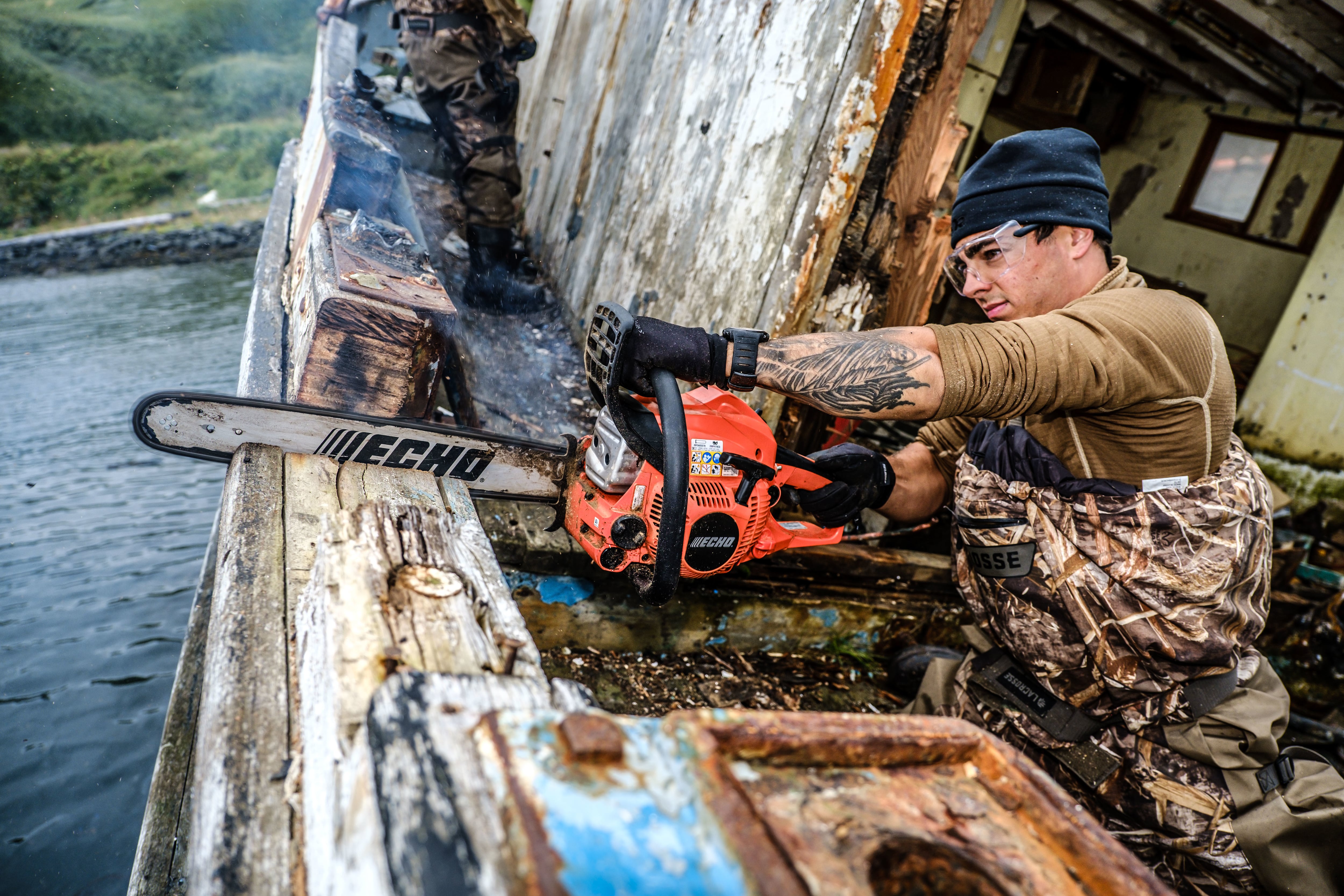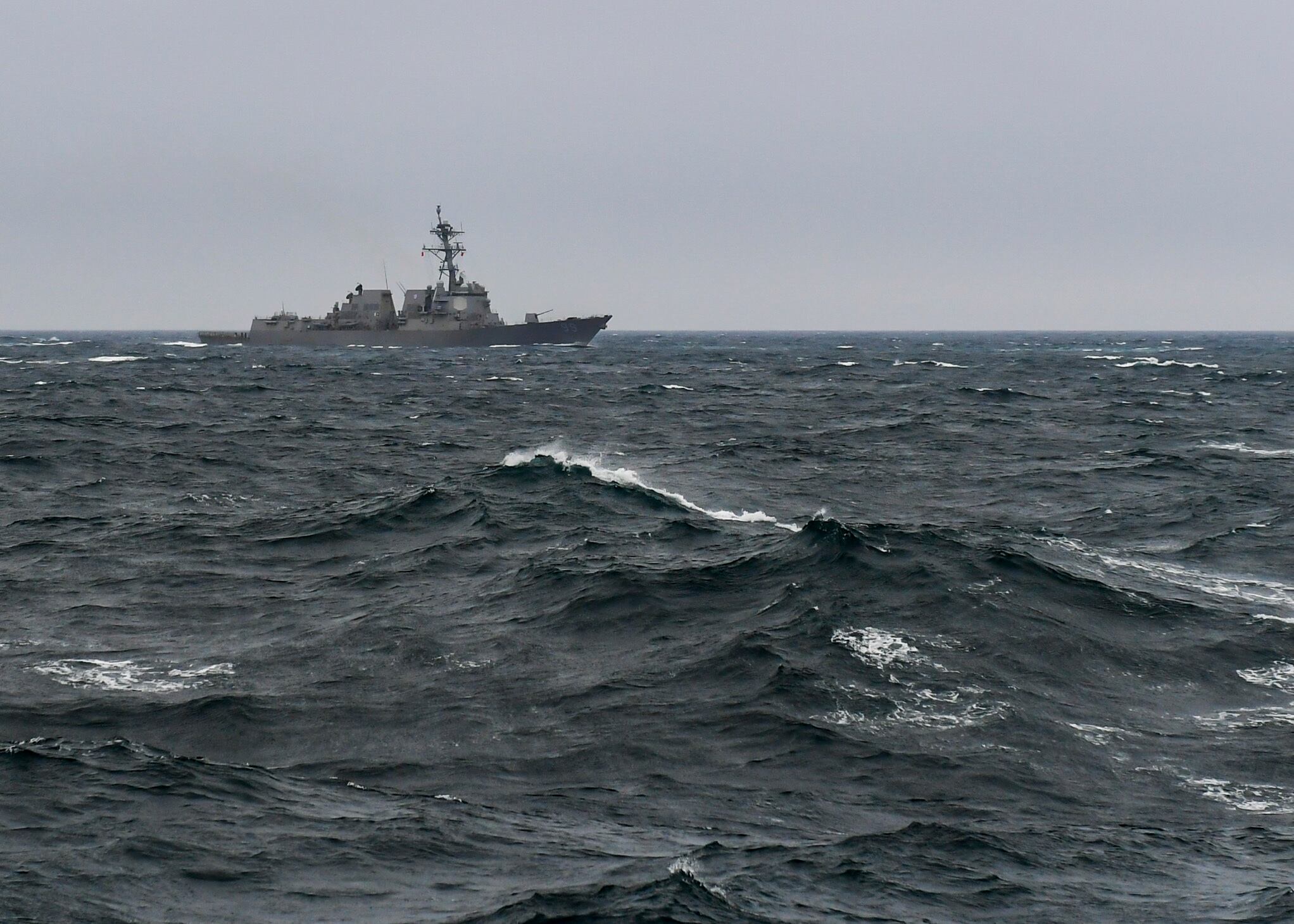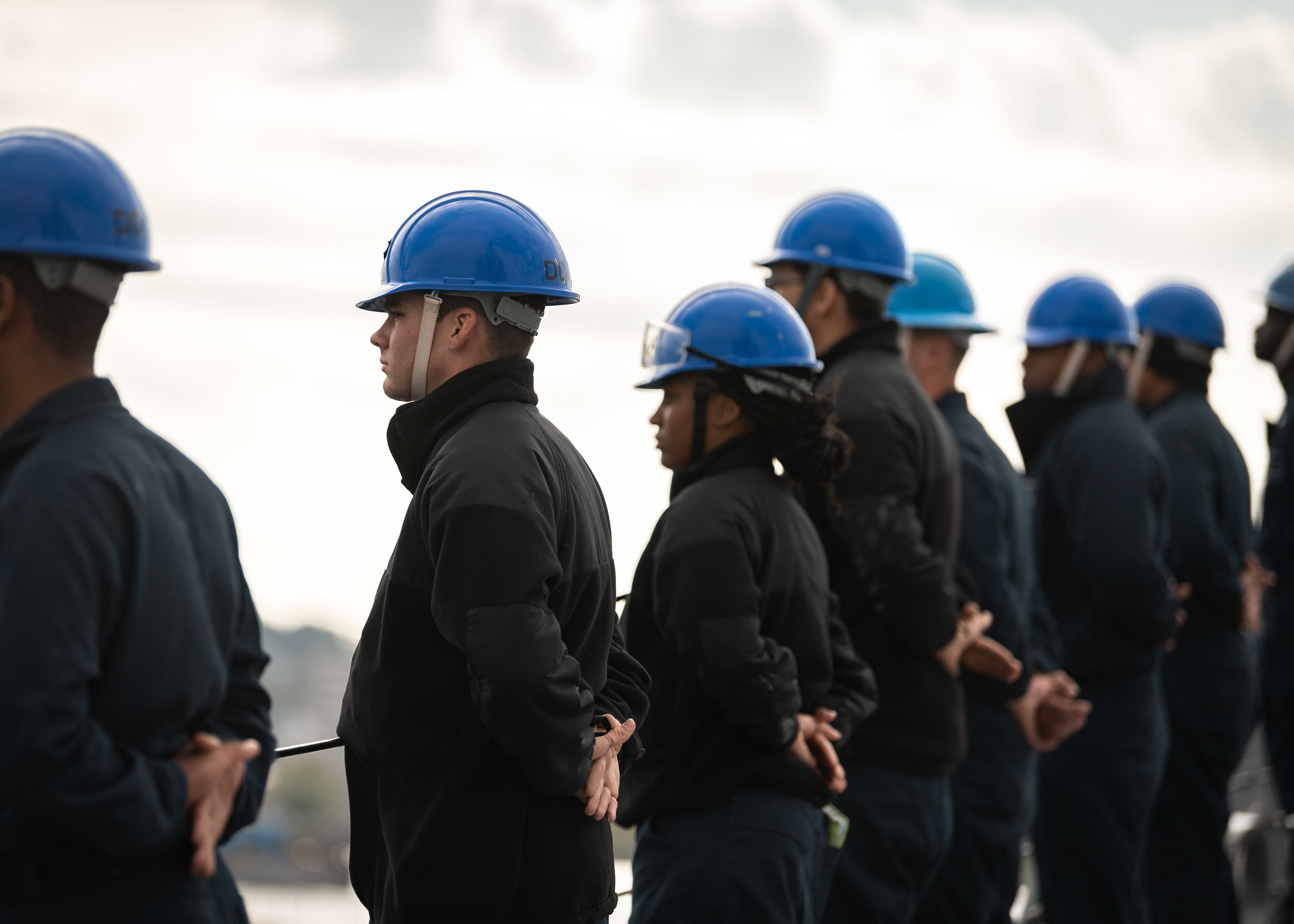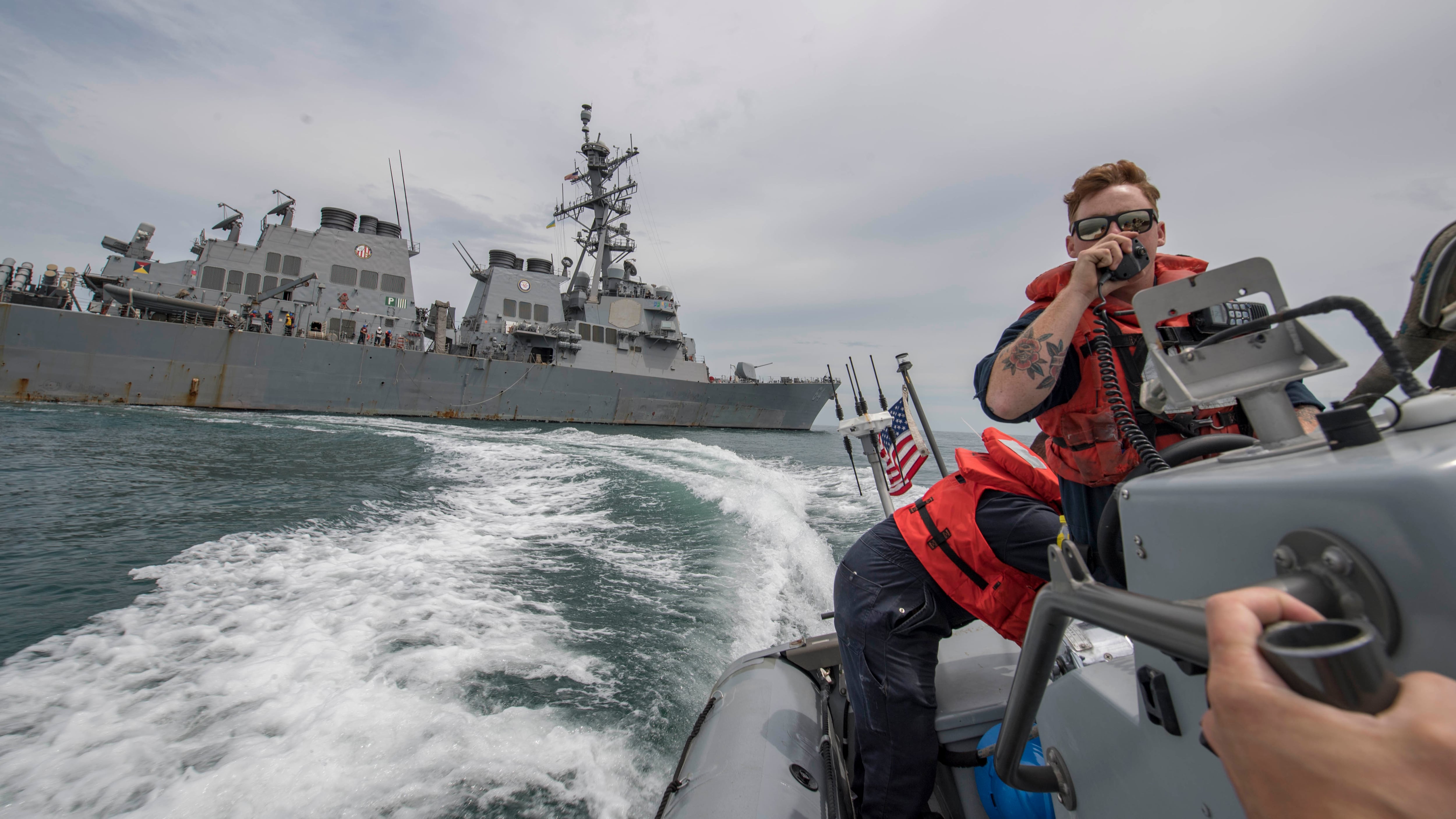Navy Times annually looks to the future in late December, not the past. We want to arm sailors and their families with insight into what we think might be the top trends or news events in the coming year.
We chose 16 stories we think you should watch for in 2020. They were produced by Military Times Deputy Editor Leo Shane III, Senior Navy Times Reporter Courtney Mabeus, Senior Military Times Reporter Geoff Ziezulewicz, Military Times Overseas Operations/COCOM reporter Shawn Snow, Defense News Capitol Hill Reporter Joe Gould and Defense News Naval Warfare Reporter David Larter.
Yesterday, we started with the 13th through 16th top stories for 2020. Today, we hit four more. Tomorrow, two more.
Enjoy!

9. More Navy ops in the Arctic?
The Navy’s surface fleet largely stayed outside the Arctic Circle over the past two decades, concentrating instead on supporting post-9/11 wars in Iraq and Afghanistan and other global hot spots, such as the western waters of the Pacific Ocean.
But with an ascendant China and a resurgent Russia both prowling the region, the Navy has returned to the Arctic, and 2020 should bring more underways there.
While no Arctic ops have been announced, the guided-missile cruiser Normandy and destroyer Farragut nosed into the Arctic in September, part of an ongoing effort that U.S. 2nd Fleet leaders said is meant to help the service rediscover its sea legs in cold climes.
Crews must learn to operate in turbulent waters during freezing conditions.
“Successful operations in the Arctic require practice,” 2nd Fleet commander Vice Adm. Andrew “Woody” Lewis, said this fall.
While warships and carriers are built for rough conditions, Lewis conceded that the Arctic pushes Navy vessels “a lot closer to the limit than we traditionally do.”
10. How about an Arctic port?
As northern waters increasingly flow without ice, and a resurgent Russia rebuilds its far northern bases, 2020 could mark the year the Pentagon and Capitol Hill get serious about establishing a permanent military port inside the Arctic Circle.
Language in the Fiscal Year 2020 defense spending bill calls for the Pentagon to lead an effort among the armed forces and the Maritime Administration to scout potential locations for a “strategic Arctic port” capable of supporting a Navy guided-missile destroyer, a Legend-class Coast Guard national security cutter and a polar icebreaker.
“You’ve got to have draft,” said retired Coast Guard Capt. Lawson Brigham, the former commander of the icebreaker Polar Sea during expeditions through the Arctic and Antarctic. “You’ve got to have depth of water. You’ve got to have a proper place to moor ships, not necessarily in the ice. An Aegis-class cruiser or destroyer can’t go anywhere near the ice.”
And then there’s the price tag.
“The question that makes everyone nervous is, ‘Who pays for this?’” he said. “What agency is going to have to pony up?”

11. FONOPs with an eye on China
It’s become a recurring news story in recent years: The Navy sends ships through the South China Sea to conduct freedom of navigation operations, or FONOPs, an effort to show Beijing, its neighbors and the world that the body of water remains open to anyone.
When asked about the FONOPs, Navy spokespersons repeat the mantra: “The U.S. will continue to fly, sail and operate anywhere international law allows.”
But with its growing military might and a string of fortified artificial islands it built across the western stretches of the Pacific Ocean, China sees things another way. Beijing wants Washington to back off the FONOPs.
Expect this dueling rhetoric and U.S. FONOPs to continue in 2020.
12. Black Sea ops with an eye on Russia
Navy patrols to the Black Sea have remained consistent over the last several years, despite testimony during President Donald J. Trump’s impeachment hearings that he ordered the Pentagon to cancel the maneuvers.
A U.S. military official told Military Times that Navy ships entered the Black Sea seven times in fiscal year 2017, eight times in fiscal year 2018, and seven times as of mid-November 2019.
“The U.S. Navy operates ships in the Black Sea consistent with international law, as well as with the Montreux Convention. Our operations in the Black Sea are meant to enhance our combined capability and interoperability with our NATO allies and partners. Our commitment to promoting peace and stability in this region is steadfast,” said Cmdr. Kyle Raines, a 6th Fleet spokesman, in an emailed statement.
Maybe we should expect about the same number of exercises there in 2020.
RELATED






